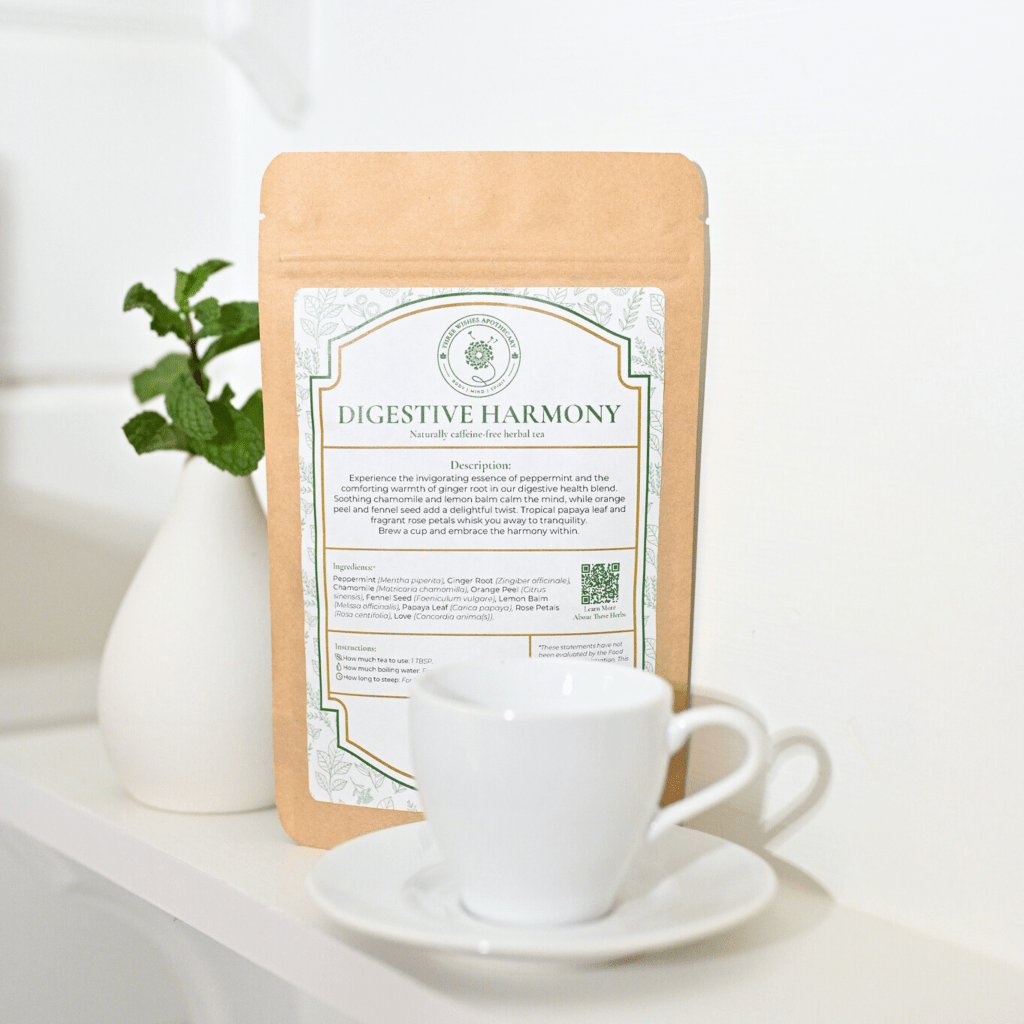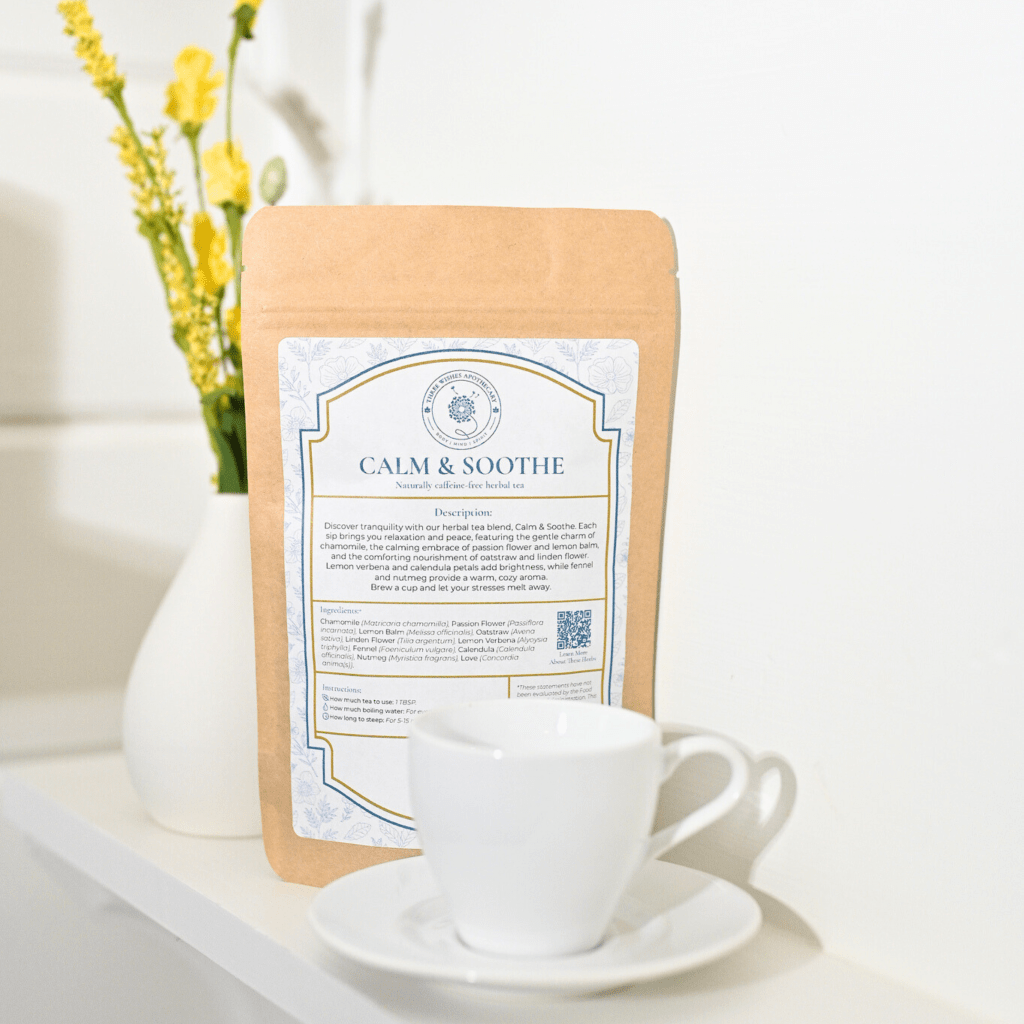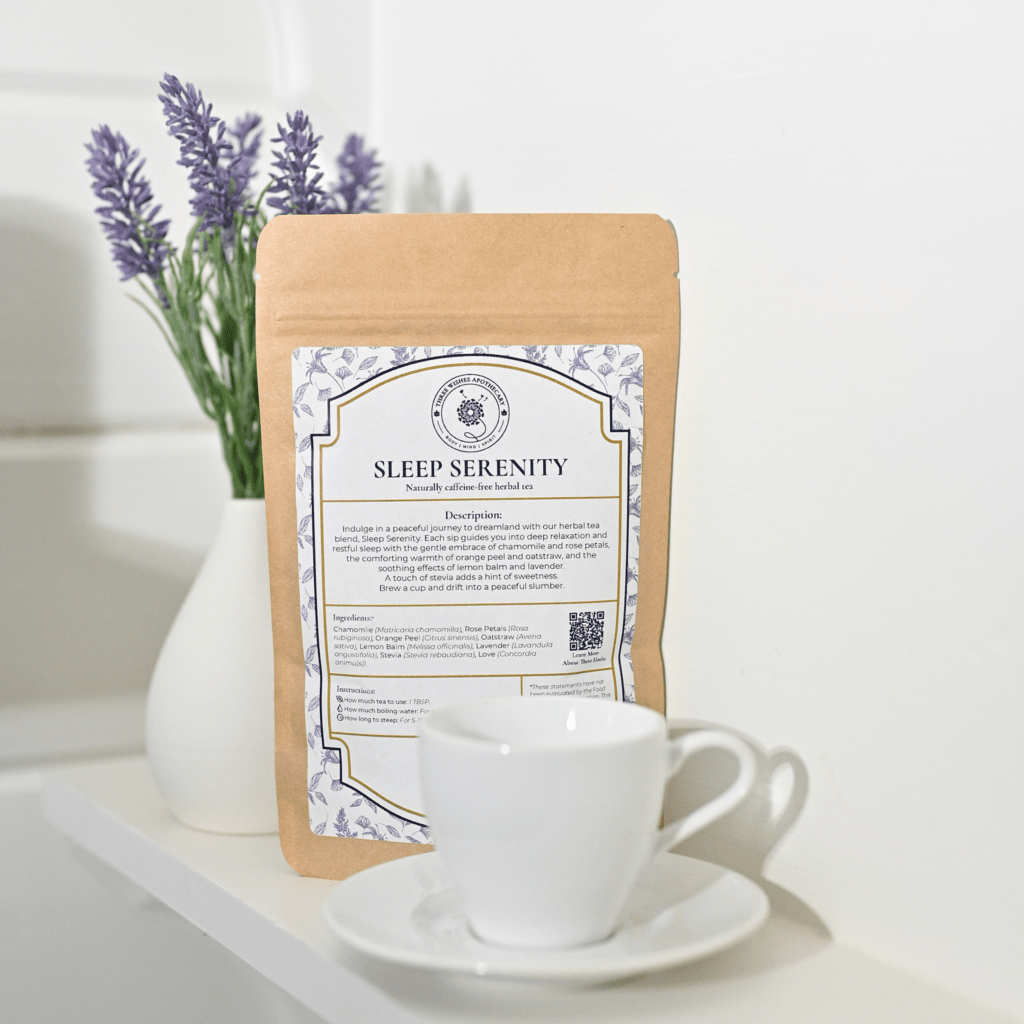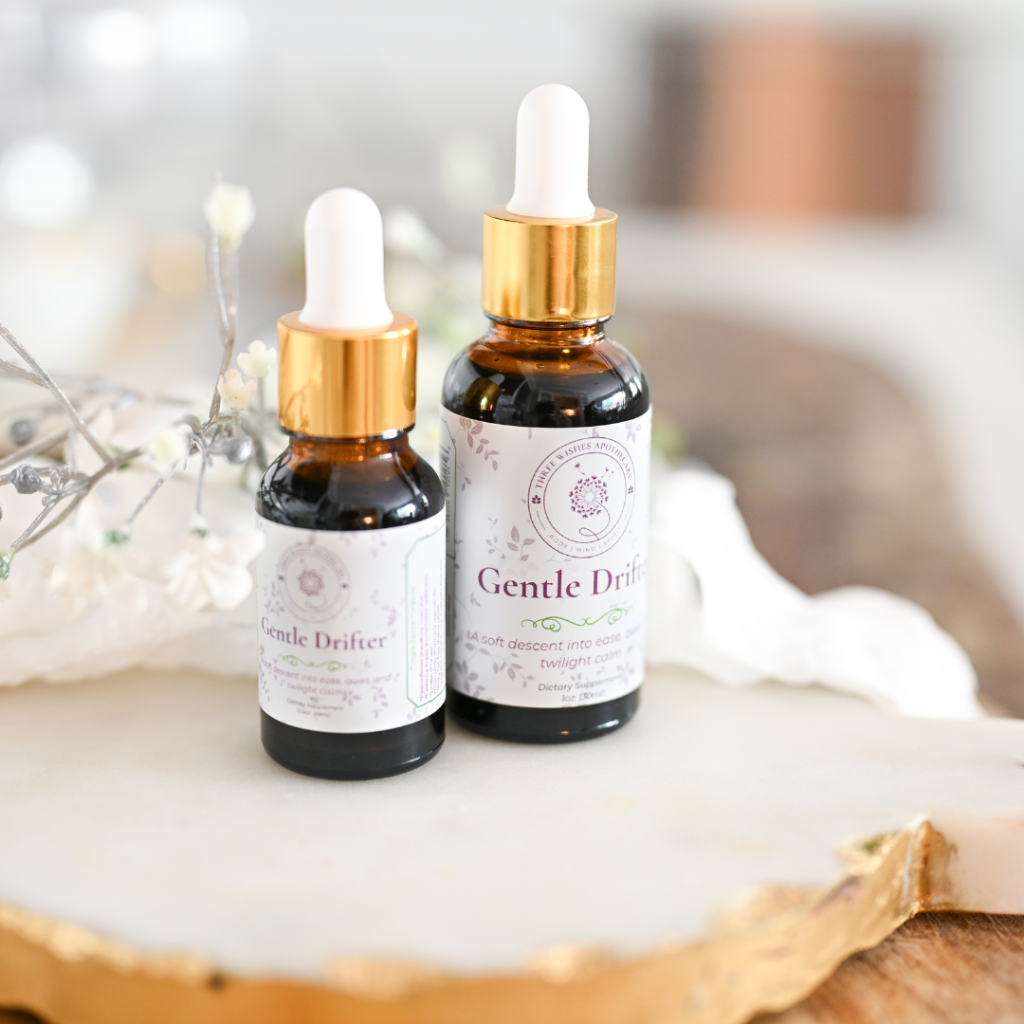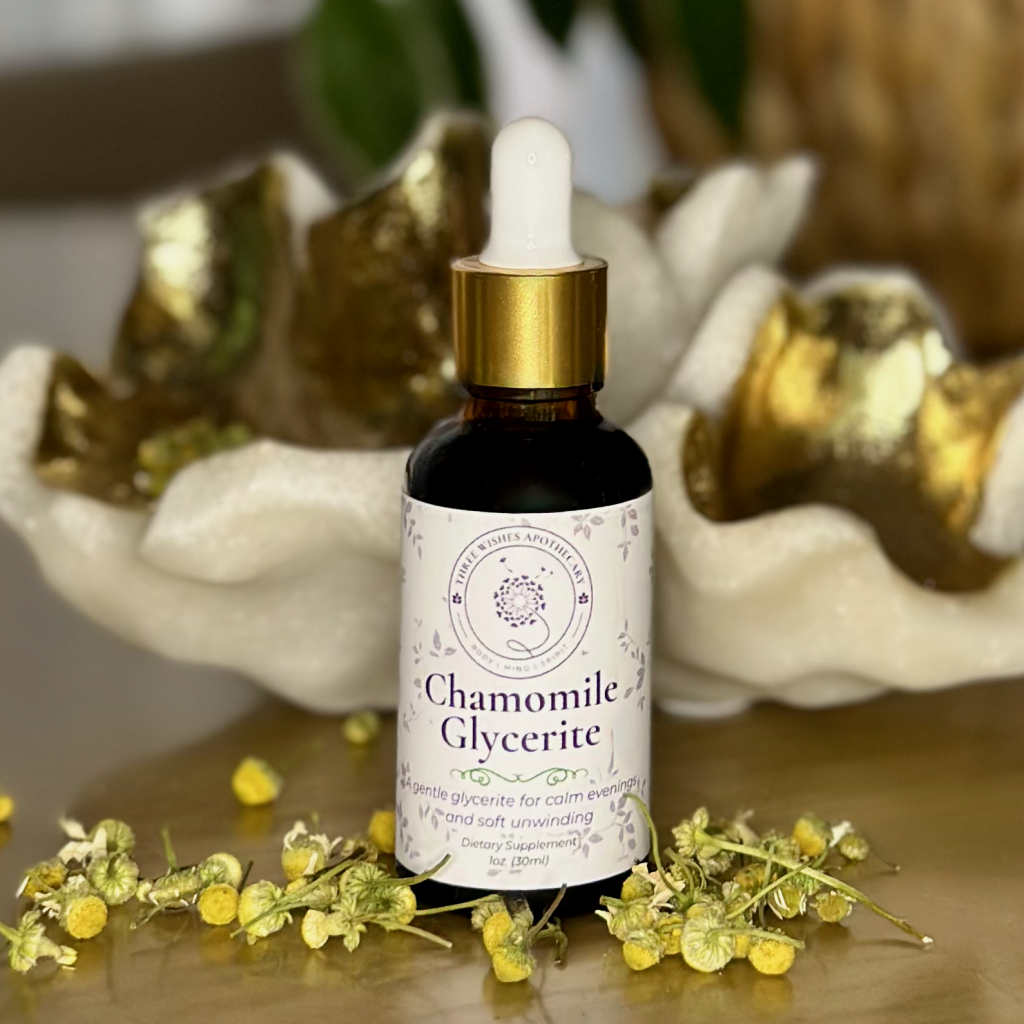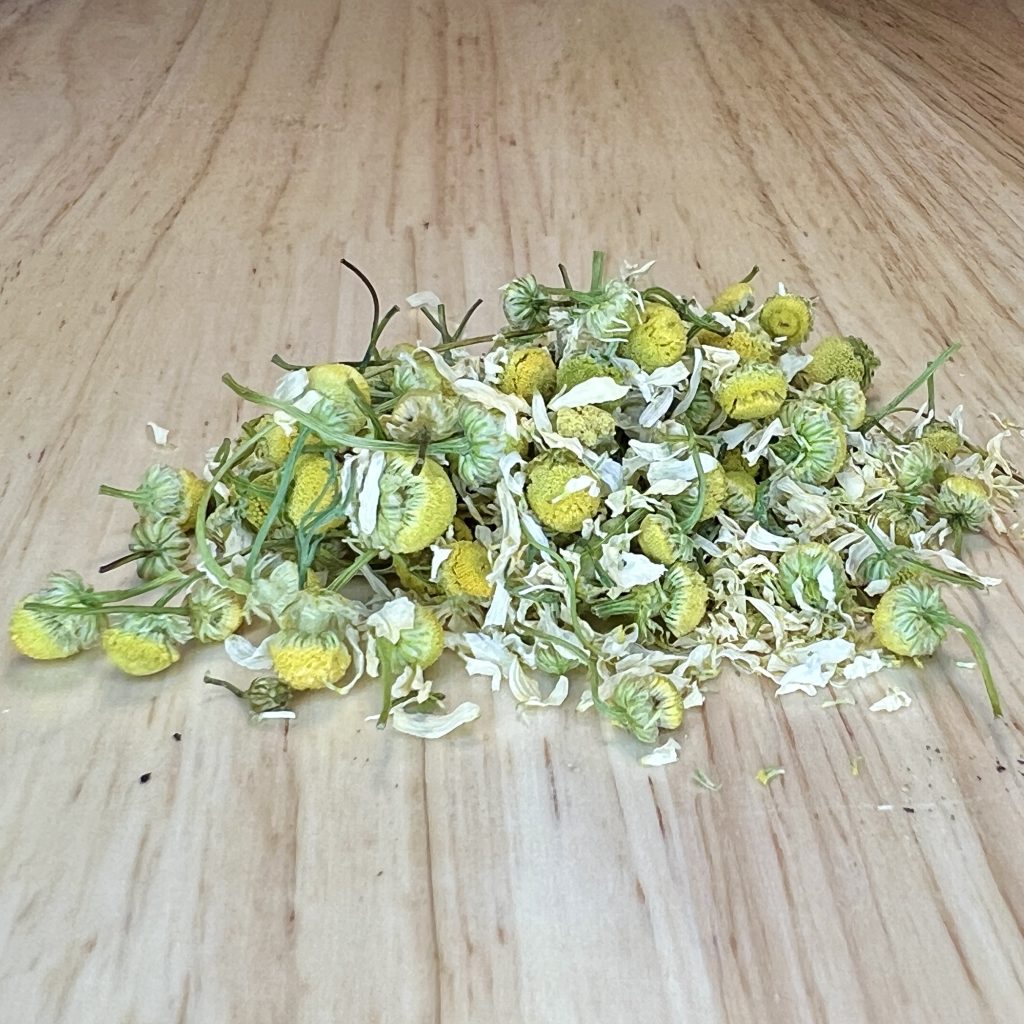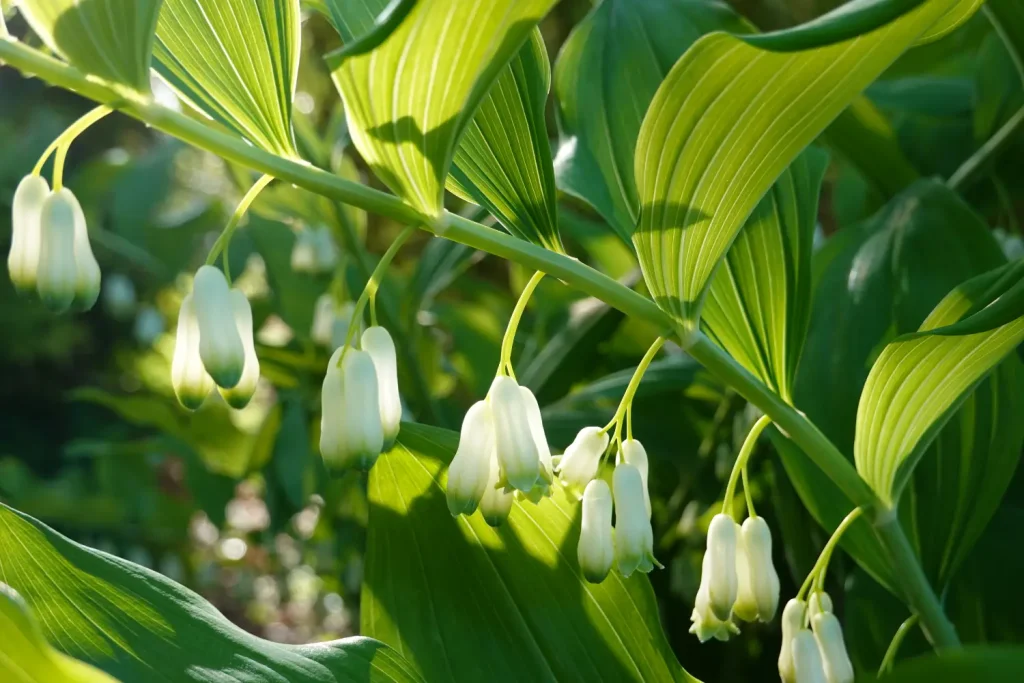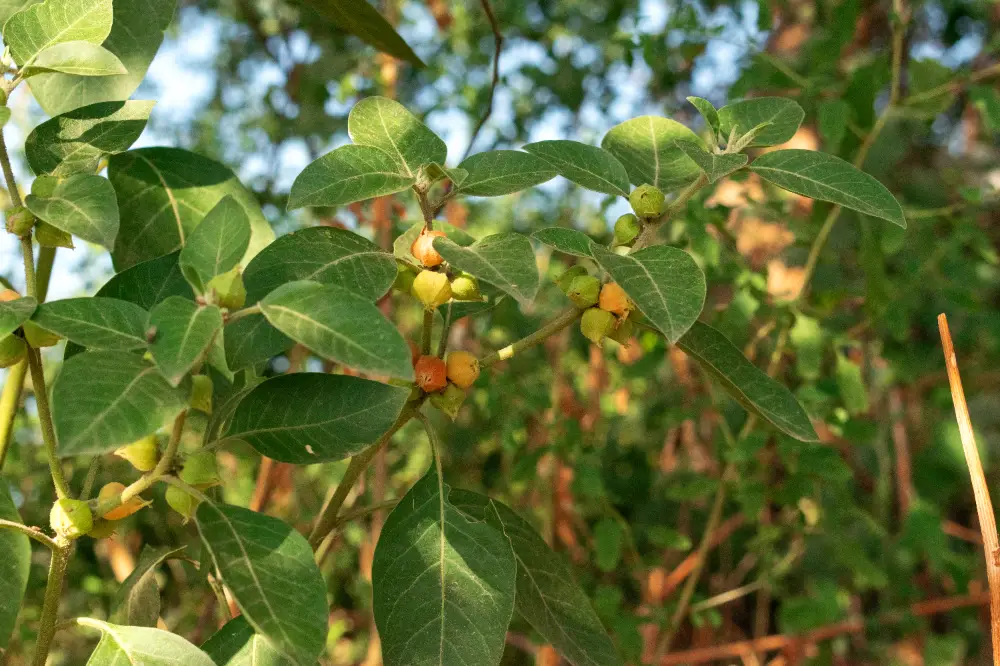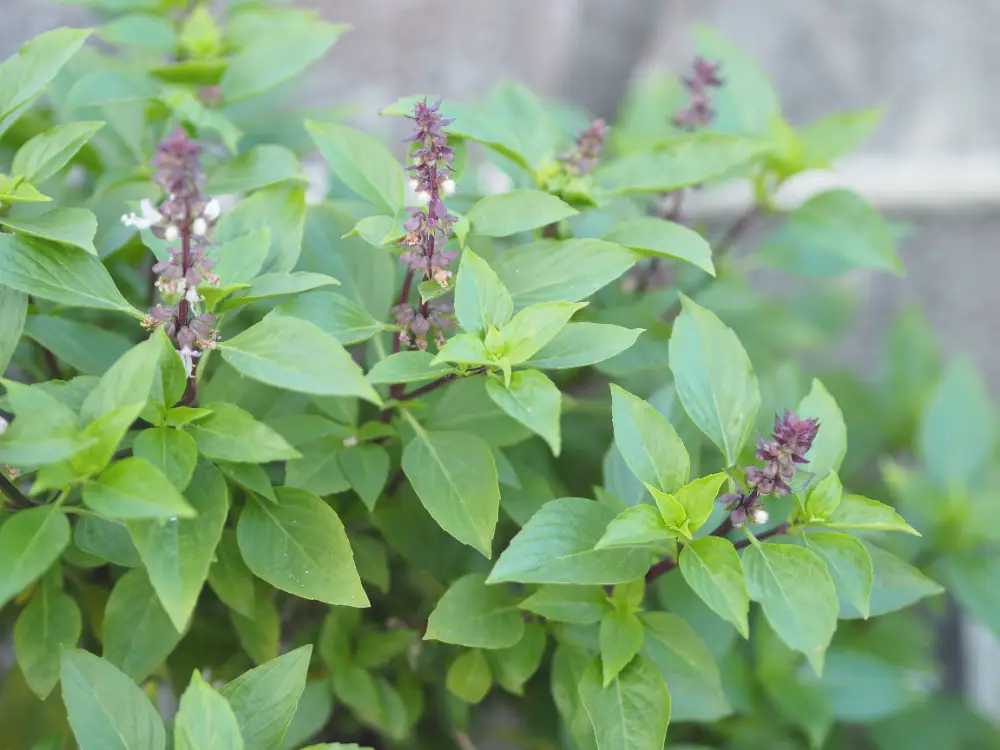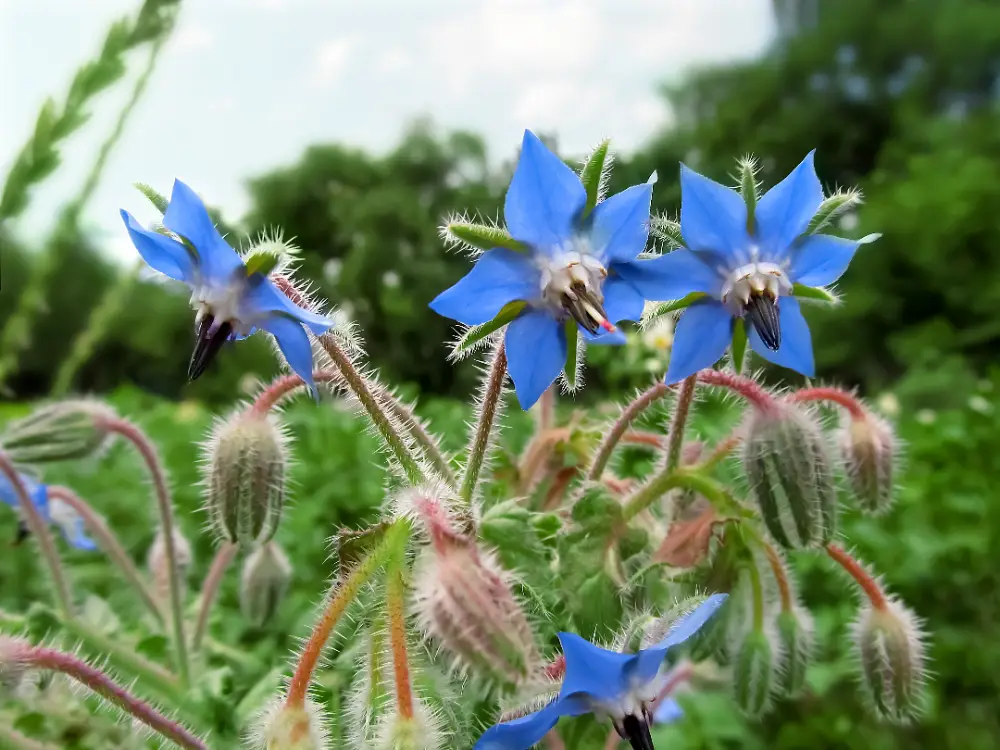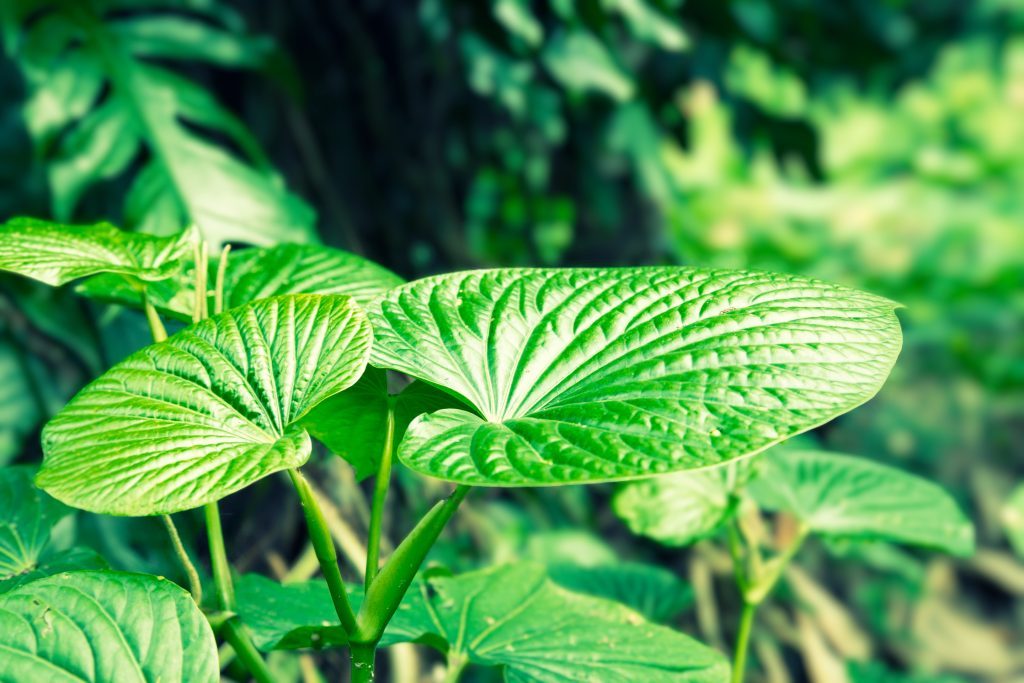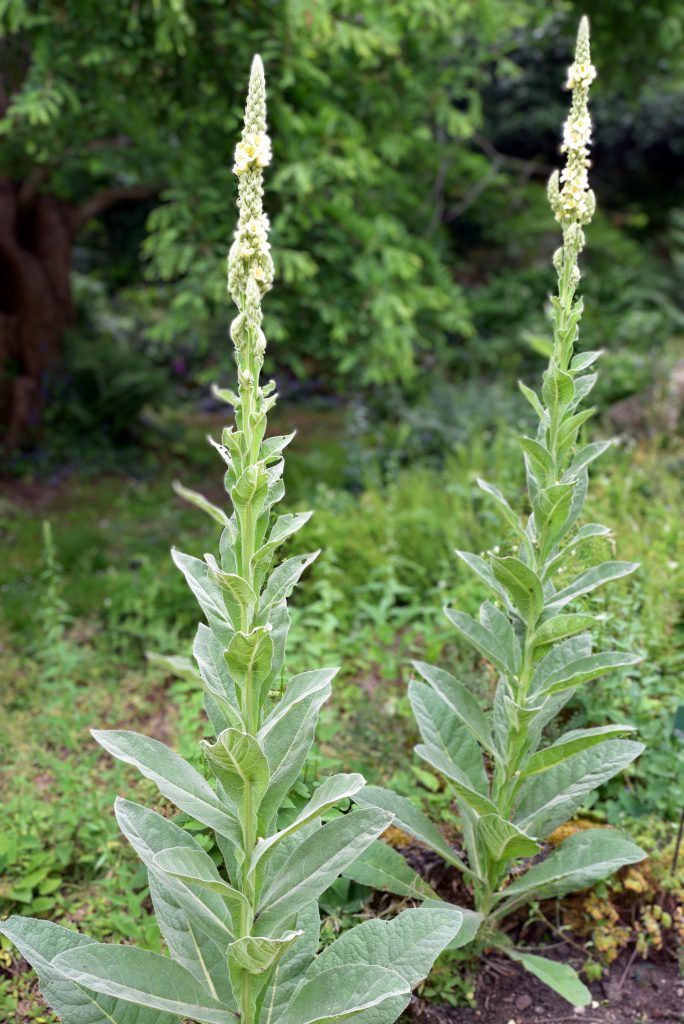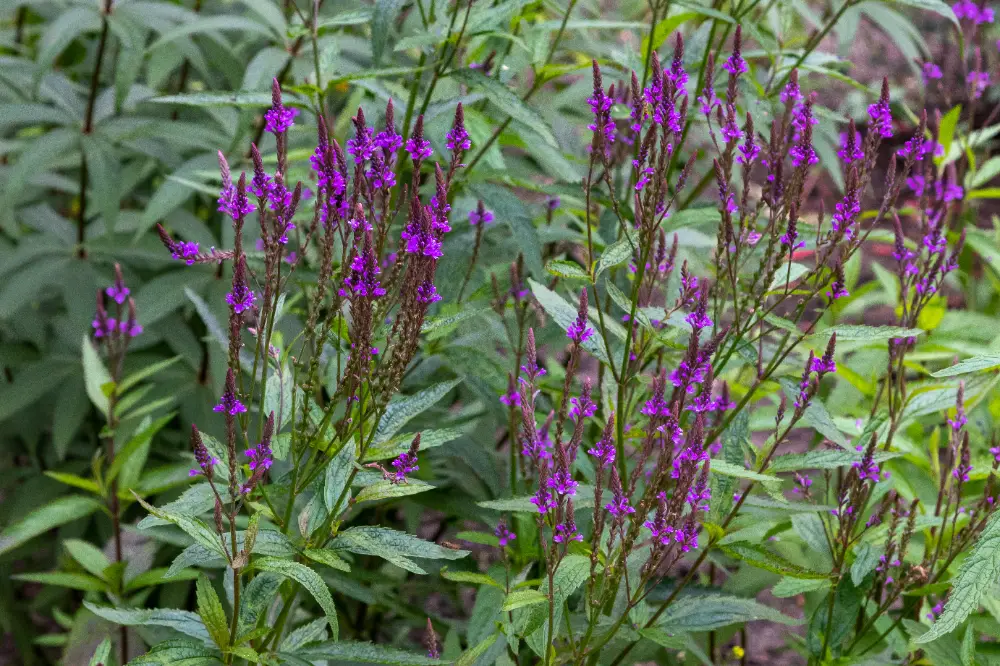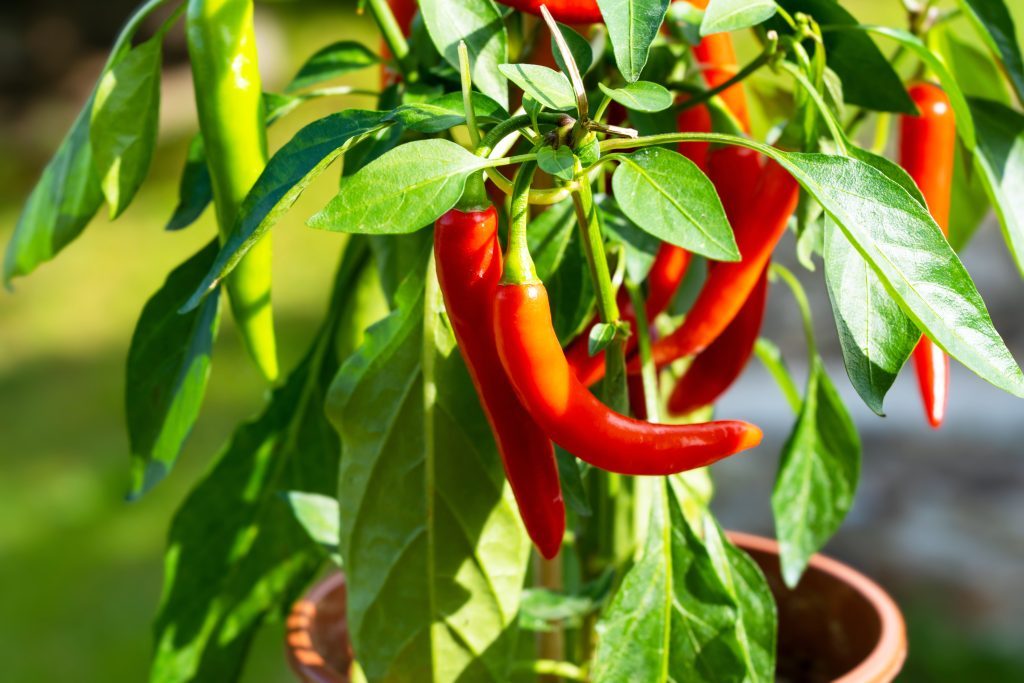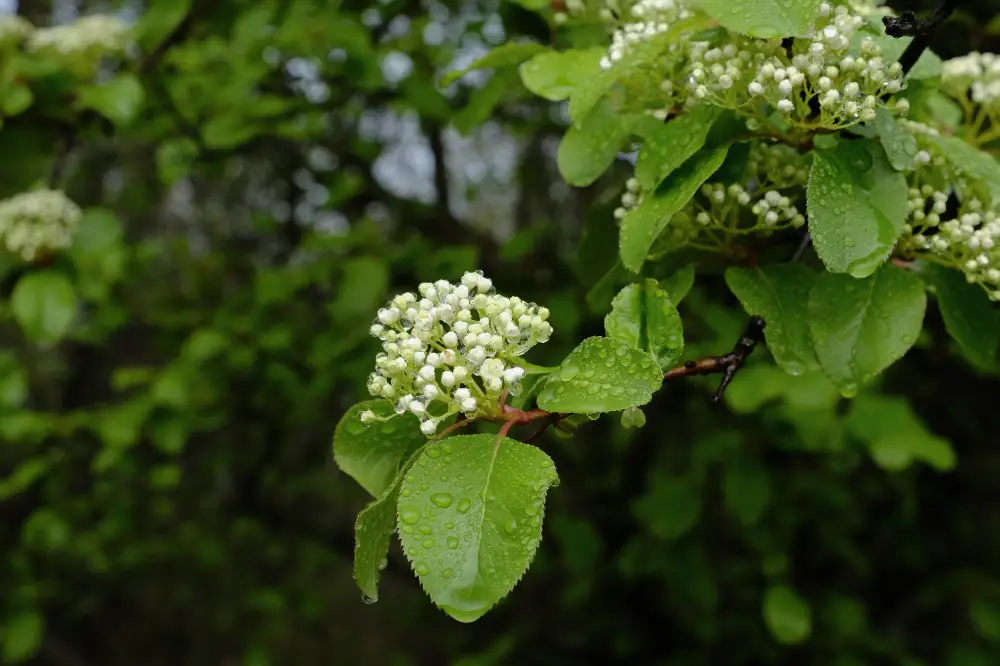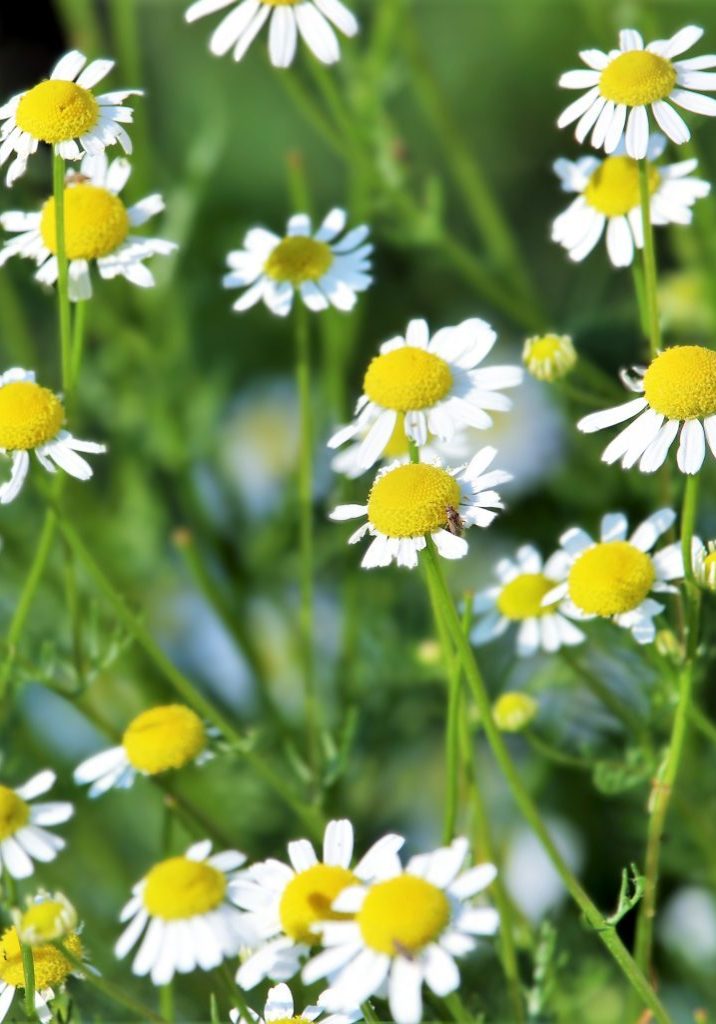
Chamomile (Matricaria recutita)
Matricaria recutita (German Chamomile) or Chamaemelum nobile (Roman Chamomile)
Asteraceae (Sunflower/Daisy Family)
Chamomile is a well-known herb traditionally used for its calming effects and to aid with digestion.
Other names:
German Chamomile, Wild Chamomile, Manzanilla (Spanish name, meaning “little apple,” due to its scent.), Kamille (German), Babunjë (Albanian), Übersetzungskraut (old German term meaning “translation herb,” symbolizing its role in soothing communication and emotions.), Mayweed (English name referencing its bloom time in late spring and early summer.)
Superpower
Famous for its calming effects and aid in sleep and digestion.
Uses
Matricaria recutita (German Chamomile)
Digestive Aid:
German chamomile has been traditionally used to soothe indigestion, bloating, and gas. It acts as an anti-inflammatory and antispasmodic for the digestive tract, easing discomfort from irritable bowel syndrome (IBS), colic, and other digestive disorders.
Calming and Sleep Aid:
Chamomile is widely known for its calming effects on the nervous system, traditionally used to reduce anxiety, promote relaxation, and combat insomnia. Chamomile tea has been a common remedy for restlessness and is often used as a bedtime tea to encourage restful sleep.
Anti-Inflammatory and Pain Relief:
Historically, chamomile has been applied both internally and externally to reduce inflammation. It has been used to soothe menstrual cramps, muscle pain, and joint inflammation. Chamomile compresses and oils have been applied topically to reduce swelling and pain.
Skin Healing:
Chamomile has been applied externally for its wound-healing and antiseptic properties. It is used to treat eczema, rashes, minor burns, and other skin irritations. Chamomile has also been included in baths to soothe irritated skin and promote healing of wounds or inflamed tissues.
Cold and Respiratory Support:
Traditionally, chamomile has been used in steam inhalations to relieve respiratory issues, including congestion and coughs. Its anti-inflammatory properties make it effective in easing the discomfort of cold symptoms.
Chamaemelum nobile (Roman Chamomile)
Nervous System Support:
Roman chamomile is especially valued for its calming effects on the nervous system. It has been used traditionally to alleviate stress, anxiety, and tension. Roman chamomile is often included in essential oil blends for aromatherapy to promote emotional balance and calm.
Digestive Soothing:
Similar to German chamomile, Roman chamomile is used as a digestive aid for conditions like bloating, indigestion, and colic. It is frequently included in teas to reduce digestive discomfort and ease the symptoms of nausea.
Menstrual Support:
Roman chamomile has been traditionally used to soothe menstrual cramps and regulate menstrual cycles. Its antispasmodic properties help relax uterine muscles, making it a go-to remedy for dysmenorrhea (painful menstruation).
Skin and Hair Care:
Roman chamomile has been historically used in skin care remedies, particularly for sensitive or inflamed skin. It is commonly used in ointments or creams for treating eczema, dermatitis, and acne. Roman chamomile is also included in hair care products to brighten and condition blonde hair.
Wound Healing and Anti-Inflammatory:
Roman chamomile has been traditionally applied to minor wounds and irritated skin to accelerate healing. It has been used to reduce swelling and calm inflammatory skin conditions.
Cautions
Matricaria recutita (German Chamomile)
Allergic Reactions:
Chamomile is a member of the Asteraceae family (which includes plants like ragweed), so individuals with sensitivities or allergies to plants in this family may experience allergic reactions such as skin irritation or respiratory issues. However, these reactions are rare.
Pregnancy:
German Chamomile is generally considered safe in normal food or tea doses during pregnancy, but caution is advised in larger, medicinal doses due to its potential mild uterine-stimulating effects. The AHPA classifies German Chamomile as Class 1 (safe when used appropriately).
Blood Thinning:
Chamomile contains coumarins, which are natural compounds with mild anticoagulant properties. While there is a low risk of interaction, those taking blood-thinning medications like warfarin should exercise caution and consult a healthcare provider.
Sedative Effects:
Chamomile has mild sedative properties, so combining it with other CNS depressants (like sedative medications or alcohol) may increase drowsiness.
Chamaemelum nobile (Roman Chamomile)
Allergic Reactions:
Like German Chamomile, Roman Chamomile belongs to the Asteraceae family and could potentially cause allergic reactions in sensitive individuals, though this is not common.
Pregnancy:
Roman Chamomile is often avoided during pregnancy because of its potential to cause uterine contractions. While there is limited research on its direct effects, it’s recommended to use cautiously, especially in large or concentrated doses. The AHPA also suggests caution, classifying Roman Chamomile as Class 2b, meaning it should be avoided during pregnancy unless otherwise advised by a healthcare provider.
Sedative Effects:
Roman Chamomile is also mildly sedative and may enhance the effects of sedative drugs or alcohol. Care should be taken if using in combination with sleep aids or CNS depressants.
Known Chemical Constituents
Flavonoids:
-
- Apigenin, quercetin, luteolin: These compounds have anti-inflammatory, antioxidant, and antispasmodic properties, contributing to chamomile’s ability to reduce inflammation and relax muscles.
Volatile Oils:
-
- Alpha-bisabolol, chamazulene, matricin, azulene, farnesene: These are key in chamomile’s anti-inflammatory and antimicrobial effects. Chamazulene and matricin, in particular, are known for their powerful anti-inflammatory properties, while alpha-bisabolol has calming and soothing effects on the skin and mucous membranes.
Coumarins:
-
- Umbelliferone, herniarin: Chamomile’s anticoagulant properties are linked to these compounds, which may also have mild anti-inflammatory effects.
Tannins:
-
- Tannins give chamomile its astringent properties, helping to tone tissues and reduce irritation, especially for skin and mucous membranes.
Polysaccharides:
-
- Known for immune-modulating properties, supporting the body’s defenses and promoting healing.
Salicylic Acid:
-
- Acts as an anti-inflammatory and pain reliever, contributing to chamomile’s ability to ease pain and reduce inflammation.
Choline:
-
- Supports liver health and aids in digestion by promoting fat metabolism.
Fatty Acids:
-
- Chamomile contains essential fatty acids that provide nourishing properties, particularly for skin and hair health.
Mucilage:
-
- Known for its soothing and demulcent effects, especially in the digestive and respiratory tracts, helping to coat and protect mucous membranes.
Botanical Description
Matricaria recutita (German Chamomile):
- Plant Type:
Matricaria recutita is an annual herb that grows up to 60 cm (24 inches) in height. It has a branched stem that is slightly hairy and hollow. - Leaves:
The leaves are feathery or pinnately divided, creating a delicate, lace-like appearance. Each leaf segment is thin and linear, and the overall structure is very finely divided. - Flowers:
The flowers are daisy-like, with white ray florets surrounding a central cone-shaped cluster of yellow disc florets. The flower heads are about 2-3 cm in diameter and are aromatic when crushed. The central yellow disc is hollow inside, distinguishing it from similar species. - Root System:
It has a taproot system, which allows it to anchor well in the soil. - Habitat:
German chamomile thrives in temperate regions and is commonly found in fields, roadsides, and gardens.
Chamaemelum nobile (Roman Chamomile):
Plant Type:
Chamaemelum nobile is a perennial herb that grows to about 30 cm (12 inches) in height. It has a creeping growth habit, forming dense mats and acting as a ground cover.
Leaves:
The leaves are finely divided and feathery, similar to those of German chamomile, but are slightly thicker and more robust.
Flowers:
The flowers are also daisy-like, with white petals and a yellow center. The flower heads are about 1-2 cm in diameter and emit a sweet apple-like scent. Unlike German chamomile, the central yellow disc in Roman chamomile’s flower head is solid.
Root System:
Roman chamomile has a fibrous root system, allowing it to spread easily and form a dense cover.
Habitat:
It prefers cooler climates and grows well in lawns, meadows, and well-drained soils. It is often used as a ground cover in gardens.
Fun Facts
Chamomile flowers have been used for centuries as a natural hair lightener! In ancient Egypt and Rome, women would steep chamomile flowers in water to create a natural hair rinse that gradually lightens blonde or light brown hair, giving it a bright, sun-kissed glow.
Parts Used
Flower heads
Harvest
Both German chamomile and Roman chamomile are harvested in a similar way, primarily for their flowers, which contain the most medicinal value.
Best Time to Harvest:
The ideal time to harvest chamomile is when the flowers are fully open, usually during the early morning hours after the dew has dried but before the sun becomes too hot. This is when the essential oils are at their peak. The harvesting period is typically during mid-summer but can extend from late spring to early fall, depending on the climate.
Parts Used:
- The flowers (both the white petals and yellow centers) are the main part harvested for medicinal purposes.
- The stems and leaves can sometimes be used in teas or infusions but are less potent than the flowers.
Harvesting Method:
- Hand-pick or use scissors to snip the flowers from the plant, ensuring minimal disturbance to the plant itself so that it can continue blooming throughout the season.
- It’s important to gather only fully opened flowers, as they contain the highest concentrations of active constituents like volatile oils.
Once harvested, the flowers should be dried in a well-ventilated, shaded area to preserve their delicate oils and medicinal properties.
Preparations
Matricaria recutita (German Chamomile):
Tea (Infusion), Tincture, Essential Oil, Compress, Herbal Bath, Poultice, Capsules, Infused Oil
Chamaemelum nobile (Roman Chamomile):
Tea (Infusion), Tincture, Essential Oil, Compress, Aromatherapy (Diffusion), Herbal Bath, Creams and Lotions, Hair Rinse
Both varieties of chamomile can be used in various preparations, making them versatile herbs for both internal and external use.
Sacred Rituals
A ritual bath can be performed before significant life events or during times of stress, with the intent of clearing negative energies and welcoming a sense of tranquility.
Affirmations
“I am calm and at peace.”
Spiritual Associations
Chamomile is associated with the sun and has been used in rituals to attract love, protection, and purification.
Functions
A substance or agent that helps prevent or reduce nausea and vomiting.
AntispasmodicA substance or agent that helps relieve or prevent involuntary muscle spasms, cramps, or contractions in smooth or skeletal muscles.
AnxietyAnxiety is a psychological state characterized by excessive worry, fear, or nervousness, often accompanied by physical symptoms such as rapid heartbeat, restlessness, or difficulty concentrating.
Bitter tonicBitter tonic refers to a substance or agent, typically an herb or blend of herbs, that combines the stimulating properties of bitters with overall strengthening and balancing effects on the digestive system.
DemulcentA substance or agent that soothes and protects irritated or inflamed tissues by forming a protective film over mucous membranes.
Digestive & Elimination HealthThe overall well-being and optimal functioning of the digestive system, which includes the gastrointestinal tract, liver, pancreas, and other supporting organs. It encompasses the processes of breaking down food, absorbing nutrients, and eliminating waste, as well as maintaining a healthy balance of gut microbiota.
InsomniaA sleep disorder characterized by difficulty falling asleep, staying asleep, or waking too early, resulting in poor sleep quality and impaired daytime functioning.
Nervine relaxantA nervine relaxant is a substance that calms and soothes the nervous system, reducing tension, stress, and anxiety, and promoting a sense of relaxation and peace.
Skin, Hair & Nail HealthRefer to a variety of disorders or irritations affecting the skin, including rashes, dryness, inflammation, infections, or chronic issues like eczema and psoriasis.
VulneraryA substance that promotes wound healing, helps repair damaged tissues, and aids in the recovery of cuts, scrapes, burns, or other skin injuries.

